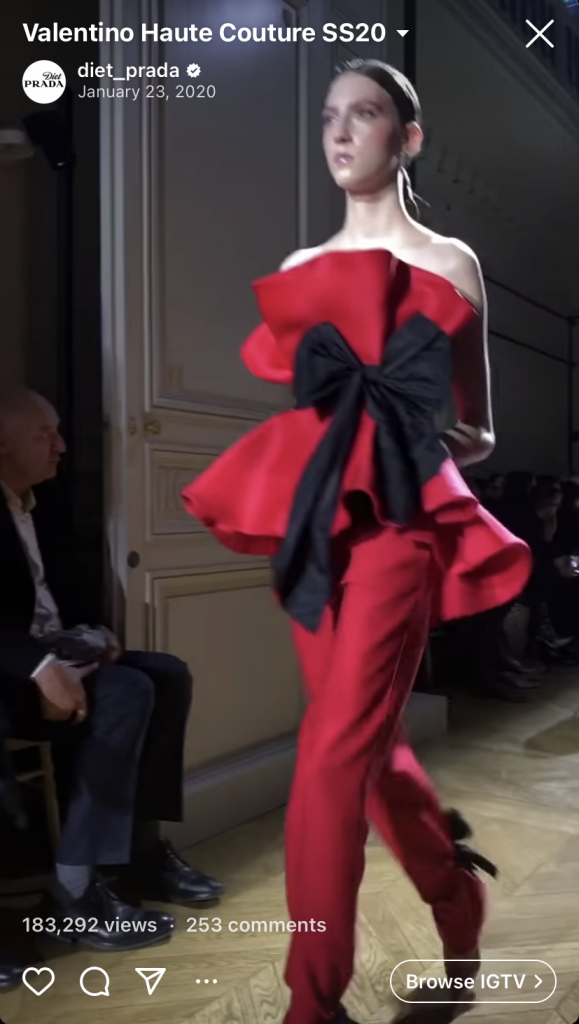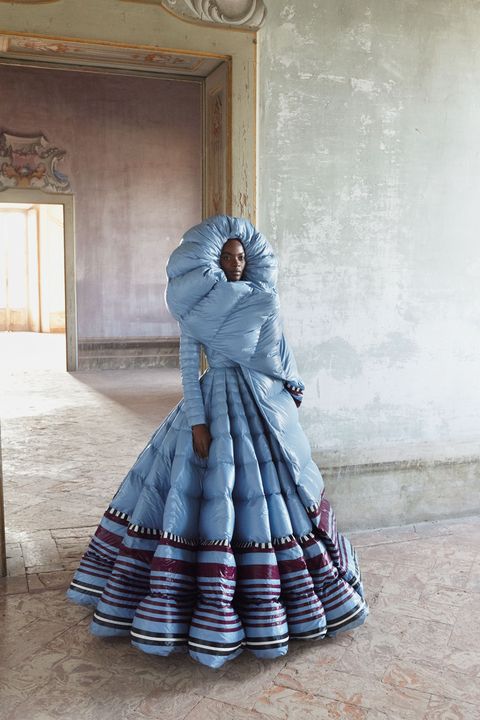Beginner Samples List
Hand Sewing Sample Set by Julie Choi
Beginner Samples List
Beginner Samples List
TWEED, FEMININITY, AND FASHION, 1851–1918 by Fiona Anderson
This article summarizes the rise of tweed garments from the 19th century to the 20th century. The material was invented by Harris Tweed in Scotland. Tweed was pretty well known as a weather resistance material with a thick and slightly heavy body. Due to these characteristics, this material was mostly worn by men in specific garments like jackets, coats, and outerwear. The fabric slowly was being adopted by females, but it took around half a century for it to fully integrate to women’s wear. When women started wearing tweed, it was through underground buyers of the fabric from Scotland, and they wore it with very low profiles because women wearing mens wear material was mostly looked down upon. Once the British imported the materials for manufacture, tweed on women were slightly more commonized. It started off with women who often worked with men wearing these materials as jackets, and then it became ubiquitous to other women who enjoyed riding, golfing, or other sports activities. As the nature of the rise of tweed on women, the material started off being worn by upper and upper-middle class, and as the integration of tweed from London to New York occurred, many started making imitation tweed for the middle and lower class.
When I think of tweed in our 21st century, I mostly think of vintage, luxury, and Chanel. It was really interesting reading this chapter about tweed because I did not know its origins and the purpose of the material. Because nowadays tweed is only commonly seen in luxury fashion shows, imitation fast fashion brands like Zara, or on older women, it has a delicate yet expensive connotation to it. Looking into its cultural origin, I was surprised to learn that tweed originated from menswear and that it was common knowledge that it is weatherproof hence mostly worn during outdoor activities. I also find it very interesting that the marketing techniques back then still exist in the fashion industry today. In the chapter, it covers how once the British started manufacturing their own tweed, tailors had a Scottish name attached to their products to make their product more authentic as if it was made in Scotland. This I feel like is still a marketing technique for internationally imported goods using cultural context to appeal to a crowd who may be unfamiliar with the product. Another thing that really caught my attention was how the material integrated with womenswear design. One of the photos in the chapter shows how tweed was integrated into making women’s jacket and skirt with a corset silhouette and a puff shoulder detail that would never be found in menswear.




When it comes to garments, I see myself intrigued by the way clothing forms silhouettes on the human body. I tend to study how the fabric lays on the body form to create a synchronous and architectural outcome. I love how these silhouettes enhance the shape of the body whether it is dramatically curvy or linearly even. Though there seems to be a lot of femininity in these garments, I feel like I am attracted to them with a genderless lens and simply for the power of pure sophistication that these garments hold.
In the examples I’ve attached, I love how all garments kind of look a derivative or a representation of the nature. The blue garment by Moncler Genius x Pierpaolo Piccioli uses a Japanese nylon puffer to create a dress garment that almost looks like ripples in a body of water. The baby pink haute couture piece by Giambattista Valli reminds me of a pink rose petal or a rose bouquet. I generally think the types of fabric, sewing, a fitting plays a strong role to show these resemblance, and I find them immaculate.